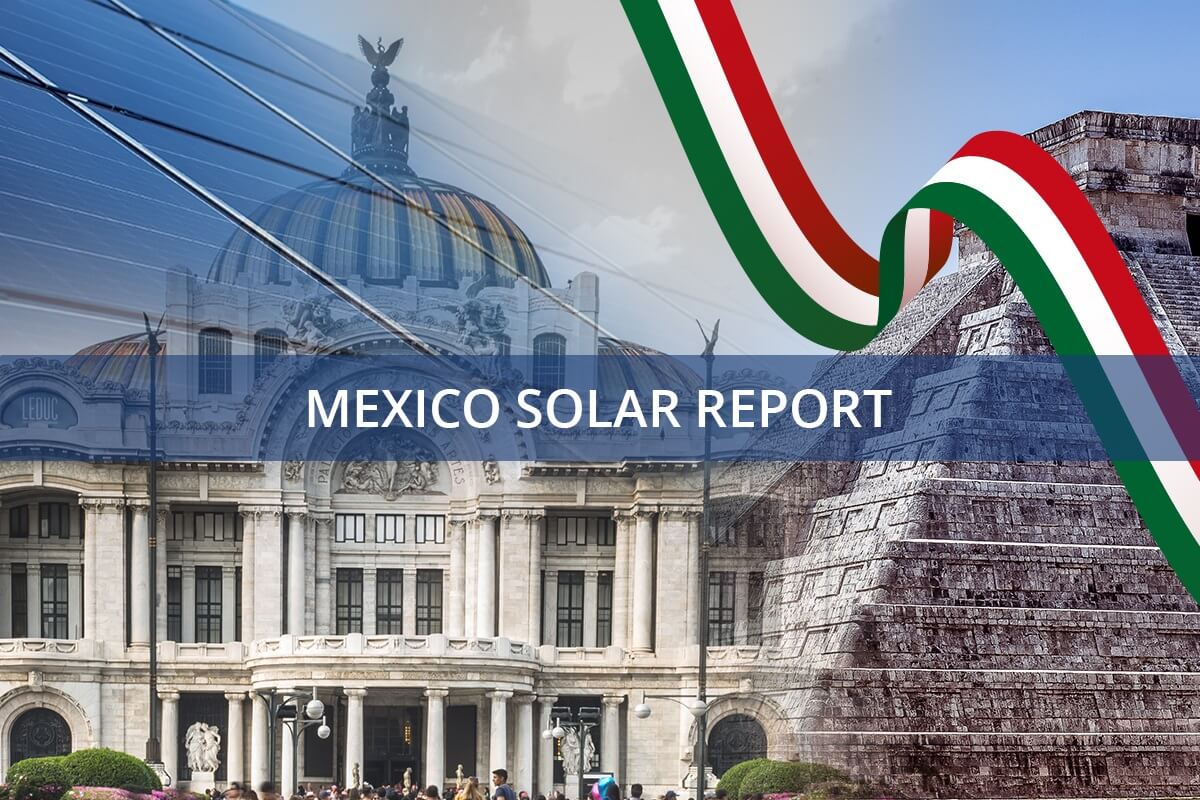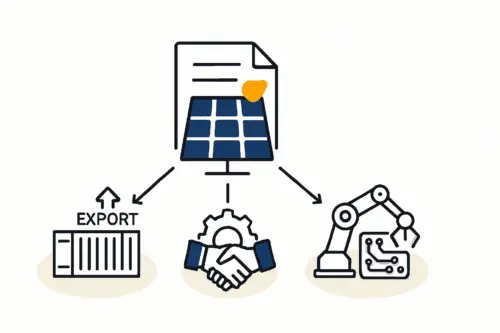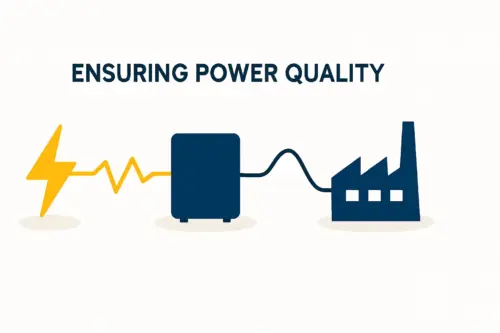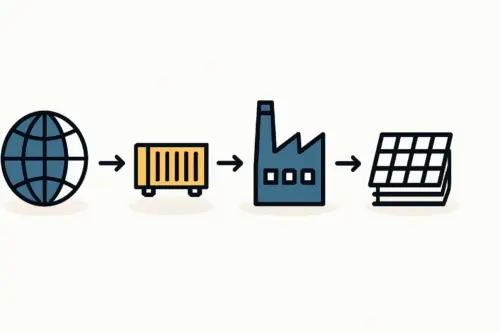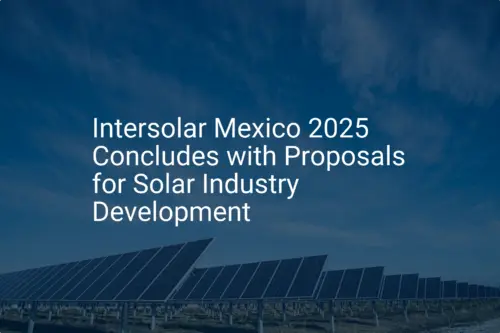Imagine a new solar module factory in Mexico, ready to serve a booming domestic market. The production line is running, high-quality modules are being assembled, and the sales team is eager to engage distributors.
But a critical barrier stands in the way: without two specific certifications, not a single module can be legally sold or qualify for major projects. This scenario highlights a crucial reality for any entrepreneur in the Mexican solar sector—market access hinges on compliance.
The keys to this gate are the Norma Oficial Mexicana (NOM) and the Fideicomiso para el Ahorro de Energía Eléctrica (FIDE) certifications. These aren’t mere recommendations; they are fundamental requirements that separate market participants from spectators. This guide breaks down what these certifications entail, why they are indispensable for your business, and how to navigate the steps for successful compliance.
Understanding the Two Pillars of Mexican Solar Certification
For a new manufacturer, understanding the distinct roles of NOM and FIDE is the first step toward building a compliant and successful operation. While often discussed in the same breath, they serve different yet complementary purposes.
Norma Oficial Mexicana (NOM): The Foundation of Safety and Quality
The NOM is a set of mandatory technical regulations issued by the Mexican government. For solar modules, the relevant standard is primarily NOM-001-SCFI-2018, which covers the safety requirements for electronic devices.
Think of NOM as the fundamental, non-negotiable license to operate. It ensures that any electronic product sold in Mexico, including photovoltaic modules, meets stringent safety and quality standards to protect consumers and infrastructure. A module without a NOM certificate cannot be legally connected to the national grid, making it commercially unviable for the vast majority of applications.
Fideicomiso para el Ahorro de Energía Eléctrica (FIDE): The Seal of Energy Efficiency
FIDE is a private, non-profit trust established to promote energy efficiency and savings in Mexico. While NOM certification is about legal compliance, FIDE certification is a commercially essential mark of high performance.
The FIDE seal, known as the ‘Sello FIDE,’ confirms that a solar module meets or exceeds specific energy efficiency and performance benchmarks. This certification is a prerequisite for modules to be included in government-backed financing programs, utility-scale projects, and large commercial tenders. Without it, a manufacturer is effectively cut off from a significant portion of the market.
Why These Certifications Are Critical for Business Success
Pursuing NOM and FIDE certification isn’t just a bureaucratic step; it’s a strategic business decision with a direct impact on revenue, brand reputation, and market position.
-
Legal Market Access: NOM certification is the absolute baseline. Without it, your products cannot be legally sold or installed for grid-connected applications in Mexico.
Ready to make big Profits?
The solar Industry is Booming
WE HELP NEWCOMERS to the solar industry start their own solar module production line. Customers can make BIG PROFITS by selling modules and finding investors, without wasting money and time on things they don't need!
-
Access to Key Market Segments: FIDE certification unlocks access to lucrative government programs, utility projects, and financing initiatives that are often the backbone of the solar industry in emerging economies.
-
Building Customer Trust: In a competitive market, certifications act as a powerful signal of quality, safety, and reliability. For distributors, installers, and end-customers, the NOM and FIDE marks provide assurance that they are investing in a proven, compliant product. This is particularly important for a new brand establishing its presence.
-
Competitive Advantage: Manufacturers who successfully navigate the certification process demonstrate a commitment to the local market and its standards. This positions them as reliable, long-term partners compared to non-compliant or ‘grey market’ importers.
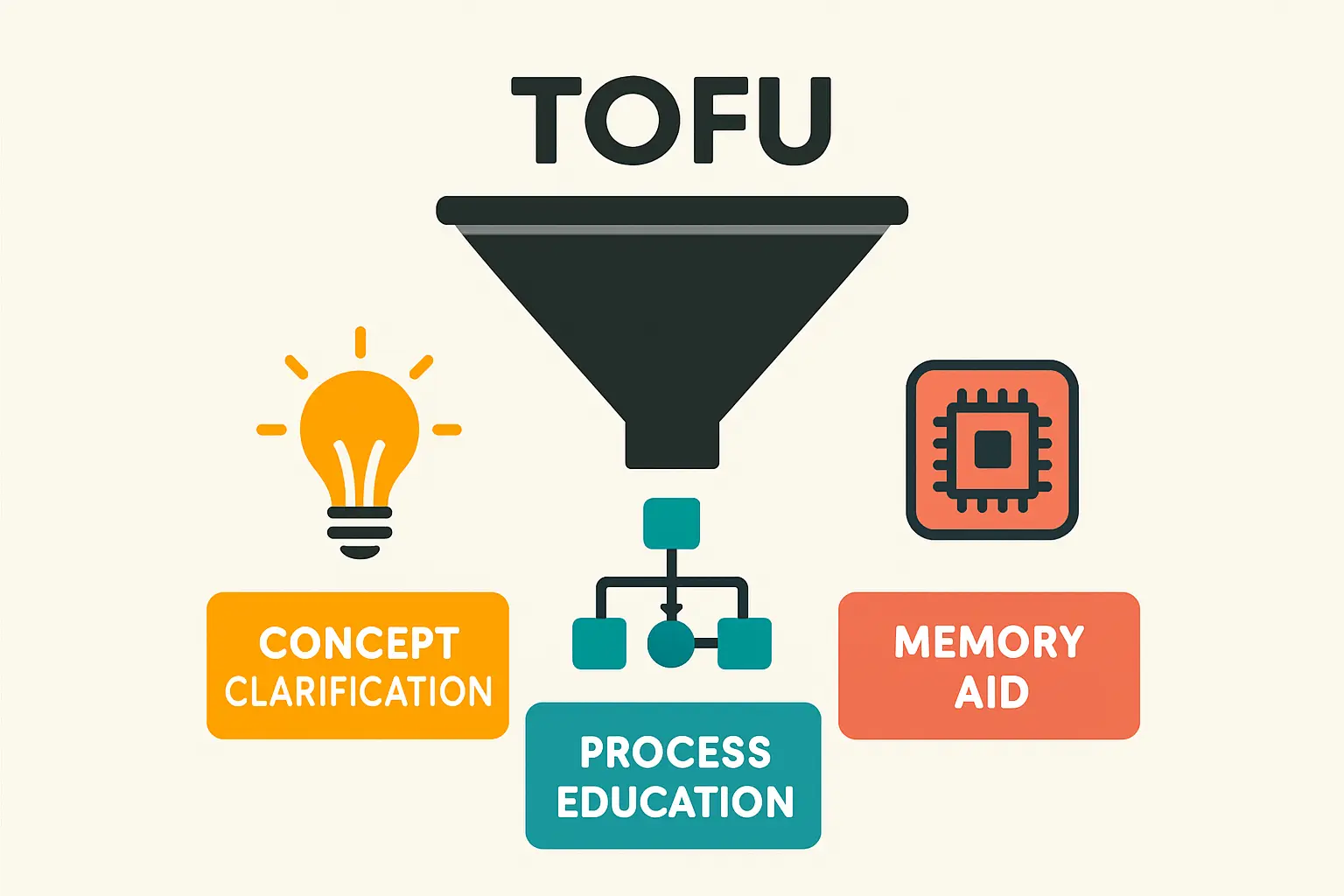
The Step-by-Step Certification Process: A Roadmap
The path to achieving NOM and FIDE certification is methodical and requires careful planning. This process should be considered from the earliest stages of planning a solar panel factory and typically involves the following stages.
Step 1: Product Testing and Documentation Preparation
Before submitting any application, your solar modules must undergo rigorous testing at a laboratory accredited by the Mexican authorities. These tests verify compliance with international standards that form the basis of the NOM requirements, primarily:
- IEC 61215: Design qualification and type approval for performance.
- IEC 61730: Photovoltaic module safety qualification.
Alongside successful test reports, you must assemble a comprehensive technical file. This includes the bill of materials (BOM), detailed schematics, factory quality control reports, and, crucially, a user manual and product labels written in Spanish.
Step 2: Submitting the Application to a Certification Body
You then submit the completed technical file and test reports to an accredited Mexican Certification Body (Organismo de Certificación), such as ANCE or UL de México. This body acts as the official reviewer, verifying that all documentation is complete and that the test results meet the required standards for NOM-001-SCFI-2018.
Step 3: Factory Inspection and Audit
Certification isn’t just about the product; it’s also about the process. The certification body will conduct an on-site audit of your manufacturing facility. The audit verifies that your production process is consistent, documented, and capable of producing modules that continuously meet the specifications of the tested model. A robust Quality Management System, often aligned with ISO 9001, is essential for passing this audit. This is where the design of a turnkey solar module manufacturing line proves its value, as such systems are engineered with compliance and quality control built in from the start.
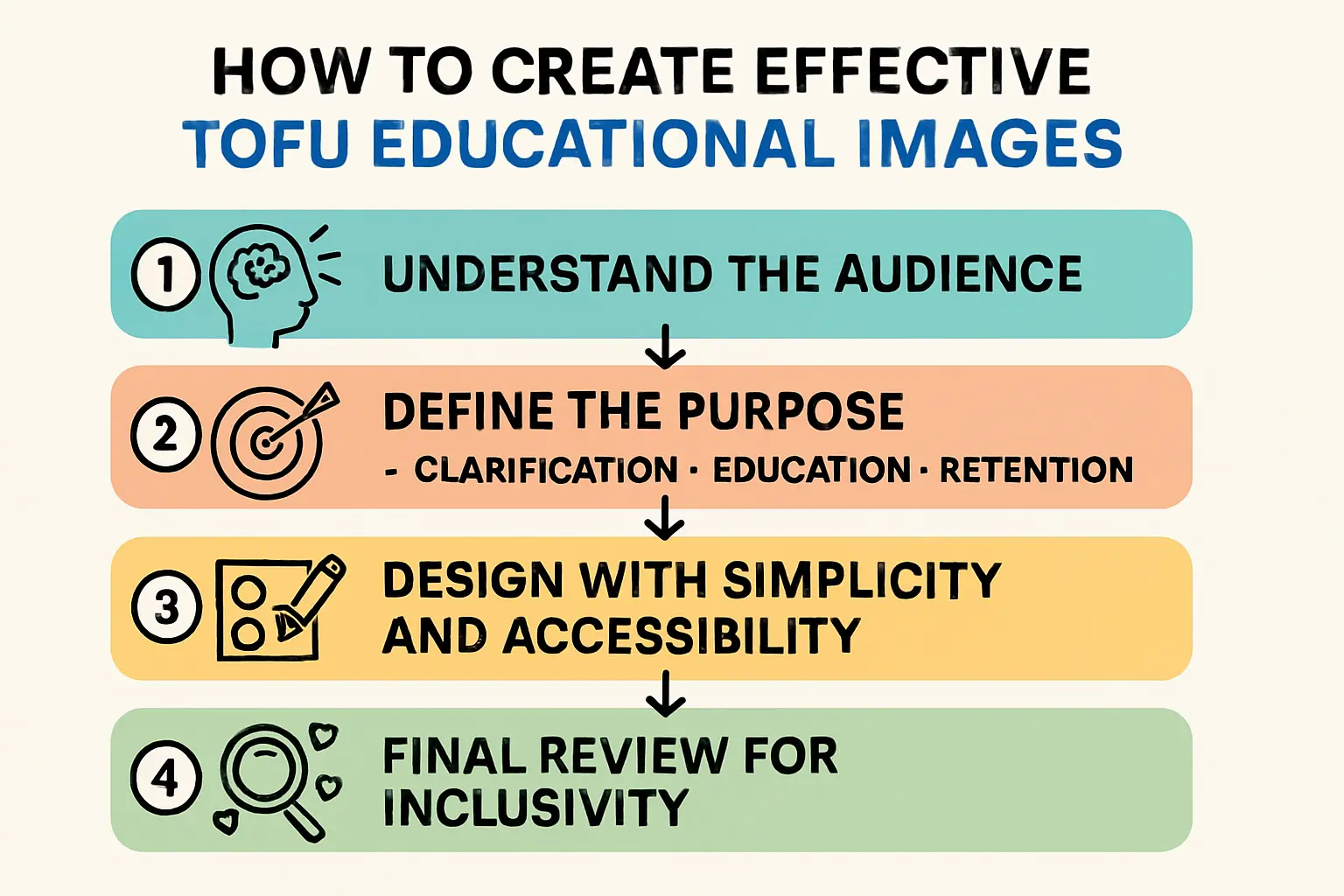
Step 4: Issuance of Certificates and Surveillance
Once the documentation review and factory audit are successfully completed, the certification body issues the NOM certificate for the specific module family. The FIDE certification process can then begin, using the NOM certificate as a key prerequisite.
Certification is not a one-time event. The certificates are typically valid for one year and are subject to periodic surveillance audits to ensure ongoing compliance.
Key Considerations and Common Pitfalls
Based on experience from J.v.G. turnkey projects, several practical challenges can delay or derail the certification process if not anticipated.
-
Component Consistency: The NOM certificate is tied to the exact Bill of Materials submitted. Any change to a critical component—such as the type of junction box, backsheet, or solar cells—may require a partial or full re-certification. This makes supply chain stability a critical factor.
-
Timeline and Costs: The entire process, from testing to certificate issuance, can take several months. It’s essential to factor these timelines and the associated costs for testing, audits, and fees into the initial business plan and overall investment requirements for a solar module factory.
-
Local Representation: Foreign manufacturers typically need a legal representative in Mexico to manage the application process and hold the certificate.
-
Language and Labeling: All user-facing documentation and product labels must comply with Mexican regulations and be in Spanish. This is a simple but often overlooked detail that can cause significant delays.
Frequently Asked Questions (FAQ)
Is NOM certification mandatory for all solar panels sold in Mexico?
Yes, for any photovoltaic module intended for grid connection (on-grid systems), NOM certification is a legal requirement. Off-grid modules may fall under different, less stringent regulations.
Can I use my existing IEC certificates to get NOM certification?
IEC 61215 and IEC 61730 certificates are essential prerequisites and form the technical basis for the NOM evaluation. However, they don’t replace the formal NOM process. You must still submit an application through a Mexican certification body and undergo their review and factory audit.
How long are the NOM and FIDE certifications valid?
NOM certificates are typically valid for one year and are maintained through annual surveillance audits. FIDE certification follows a similar renewal cycle.
What is the main difference between NOM and FIDE?
NOM is a mandatory government regulation focused on product safety and is required for legal sale. FIDE is a quasi-private certification focused on energy efficiency and performance, and it’s essential for accessing major financing programs and government tenders. You need NOM to sell, but you need FIDE to compete effectively in key market segments.
Do I need a separate certification for each module model?
Certification is typically granted to a ‘product family.’ Modules can be grouped into a family if they share the same design, materials, and construction process, differing only in the number of solar cells and, thus, power output.
Planning for Certification from Day One
Achieving NOM and FIDE certification is a testament to a manufacturer’s technical competence and commitment to the market. It’s not an administrative task to be handled at the end of the production setup but a strategic objective that should influence decisions from the earliest planning stages.
Designing a factory with quality control checkpoints, establishing a reliable supply chain for certified components, and documenting every process are all foundational activities. A structured approach, often guided by partners with experience in setting up compliant manufacturing operations globally, can transform this complex requirement into a manageable process and, ultimately, a significant competitive advantage in the vibrant Mexican solar market.


